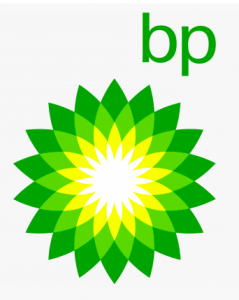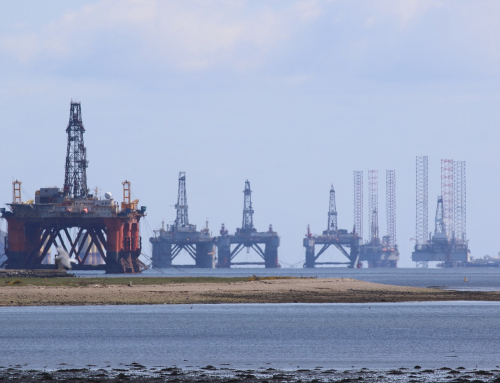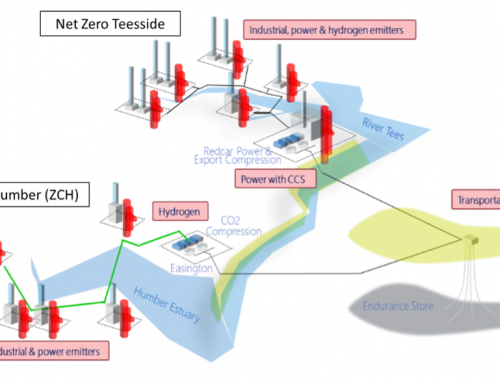By Barney Smith
It was Lenin who observed that there are decades where nothing happens and there are weeks where decades happen. He was right. In March, shortly after the Russian invasion of Ukraine, BP announced that it had decided to sell its’ 19.75 per cent stake in Rosneft, the Russian oil giant: a decision which could yet be existential.
The investment in Rosneft has been hugely profitable down the years ever since it was first made. By way of example, in 2021 BP received £680 million in dividend for a single year. The stake was valued at about $14 billion at the end of 2021. After the recent severe fall of the rouble, 20 per cent of Rosneft is thought to be equivalent to about $ 5 billion, though what the stake is actually “worth” depends what BP will receive in what is effectively a fire sale. With so many Western companies debarred by sanctions, the first problem is to find a buyer. On 30 April, it was confirmed that BP was looking to state-run Chinese and Indian enterprises for interest.

www.bp.com
BP has already announced it will target its transformation from an Oil and Gas company to an Energy company. BP has also announced its net zero ambition – to become a net zero company by 2050, or sooner, – and set out its new strategy to deliver this. Core to this strategy is rapidly growing its renewables business: by 2030 BP aims to have developed around 50GW of net renewable generating capacity, up from 3.3GW in 2020. The strategy also includes increasing BP’s annual low carbon investment by a factor of ten, to around $5 billion a year.
BP made a start with renewables, or to be more precise, with an off-shore wind strategy just over a year ago. The company teamed up in the US with Equinor, the former Statoil, to develop offshore wind projects in two states, New York and Massachusetts, in “the fastest growing market in the world”. At almost the same time, BP and a German partner, Energie Baden Wuettemberg AG (EnBW), were selected as preferred bidder in two leases in the Irish sea, in the first (British) wind leasing round in a decade, in the “largest market for off-shore wind in the world.”
The advantages of the Irish Sea leases include a relatively short distance from shore, thus allowing for lower costs and more reliable transmission, synergies from scale, and faster cycle time. Crucially, BP’s chief executive is on record as saying “We are fully confident that these resources will deliver as a minimum the 8-10 per cent return which we demand of renewable investment. All this constitutes evidence that BP is indeed building a wind energy business. More widely, offshore wind is integral to delivering the UK’s green industrial revolution. Building on the UK’s strengths, the government’s 10-point plan aims to produce enough offshore wind to power every UK home, quadrupling output to 40GW by 2030.
Yet the real question to be decided is not whether BP should get out of Russian oil and gas, which has largely been settled on geopolitical grounds. The real question is whether BP should now accelerate its action in getting out of oil and gas as a whole and becoming an energy company. To be fair, the argument so far has tended to be more about “when” than “whether”, but while the traditionalists say that the world will need oil and gas for many years to come, the climate change advocates want substantive progress now, with a huge increase in renewables and renewable-sourced electricity immediately. They see an opportunity in recent events.





